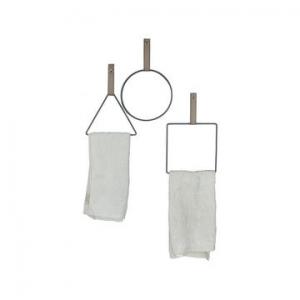- الكلمات - #wood hanger hooks,PU placemat
-
- آخر تحديث ٢٥ أغسطس، ٢٠٢١ تعليق ٠ , ١٥٤ views, ٠ مثل
More from gerui huangyan
More in Politics
Related Blogs
أرشيف
The production process of wood hanger hooks
الجسم
How to produce 2000 wood hanger hooks from a log!
The logs are first cut longitudinally to produce long strips of wood, and then cross-cut to reduce them to manageable sizes. For a good hanger, all the bark must also be shaved!
The rest is a square original plank. Then, the carpenter puts each board in a special machine, and every time the block passes the blade, the machine cuts a thick, curved piece of wood. But this will only produce a rough curved piece of wood, and it is much larger than a single hanger.
Forming
To start straightening out, the curved part is passed through another machine to give the wood some characteristics, making it recognizable as a hanger. This includes rounding the edges and carving dents used to hang items such as spaghetti strap dresses.
Then, in order to cut the large piece into a certain size, it cuts a curved piece of wood into four to five thinner pieces through a machine, which looks more like wood hanger hooks used in our daily lives.
Drying and sanding
Once the hangers are cut to the right size, they will be stacked, usually in a cross pattern, because this can generate a lot of airflow. Why do we need air? Because the next step in the process is to move the piles of wood into a drying area, where they will solidify for about two weeks, depending on the type of wood.
The wood is kiln dried, and you might think that this is a slow cooking process, drying the wood in the most effective way we think. This provides a stable, warp-free and furniture-grade final product.
The familiar shape of the hanger is now obvious, but the material at this stage is still relatively rough. Therefore, after the drying, the worker puts each piece of wood in the sander, sands it smoothly, and then sands it by hand as needed to make it perfect.
Drilling, painting, and hooking
So far, we have beautiful, smooth wood, but if they are to be hangers, then they will need a hook. The worker uses a drill to make a hole in the correct position of each block, where the hook can be inserted. Under the right conditions, a skilled worker can drill hundreds of these per hour!
But before inserting the hooks into the newly drilled parts, they must take a bath-a varnish bath. Arrange these pieces on a shelf, then immerse them in a varnish bath (large quantities) or paint by hand (smaller custom orders). The hanger is often touched and used frequently, while the varnish gives the wood a strong finish that can withstand frequent use. Then let the hanger dry for at least 12 hours.
After drying, the support rods holding the pants are fixed in place. Finally, the hanger was hooked. Just like the rest of the hanger-making process, it is a combination of human contact and machine force that allows the hook to be inserted correctly.
PU placemat is also our product, welcome to consult and purchase.














تعليقات